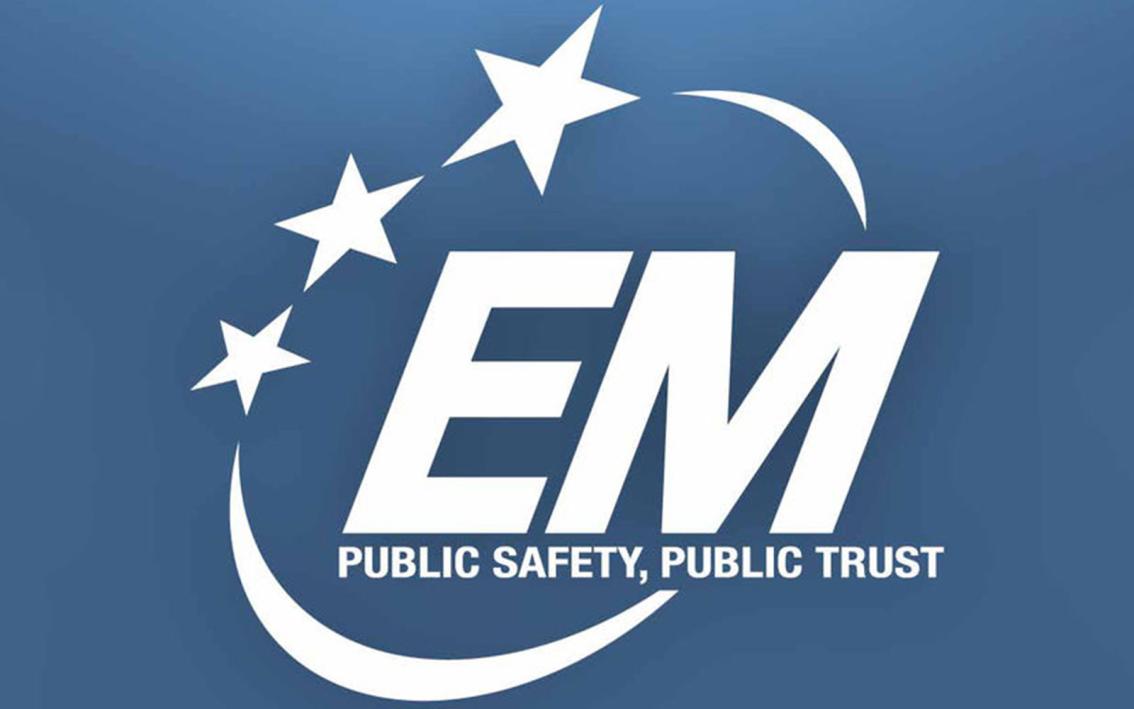What Are the Future Prospects for Using Satellite Data for Disaster Management?
Introduction

Satellite data has become an indispensable tool for disaster management, providing valuable information for early warning, damage assessment, and emergency response. With the increasing frequency and severity of disasters, the future prospects for using satellite data in this field are promising, driven by advancements in technology and international cooperation.
Technological Advancements
Improved Satellite Capabilities
- Enhanced resolution and accuracy of satellite imagery enable detailed monitoring of disaster-prone areas.
- Real-time data transmission and processing allow for rapid response to emerging disasters.
- Miniaturization and cost-effectiveness of satellites make them more accessible to a wider range of organizations.
Advanced Data Analytics
- Artificial intelligence (AI) and machine learning algorithms facilitate the interpretation of vast amounts of satellite data.
- Integration of multiple data sources, such as satellite imagery, weather data, and social media feeds, provides a comprehensive understanding of disaster situations.
- Predictive modeling and risk assessment help identify areas vulnerable to disasters and support proactive preparedness measures.
Enhanced Disaster Management Applications
Early Warning Systems
- Satellite data enables timely detection and monitoring of potential disasters, such as hurricanes, floods, and earthquakes.
- Improved lead time for evacuation and response saves lives and reduces property damage.
- Integration with other early warning systems, such as weather forecasting and seismic monitoring, enhances the overall effectiveness of disaster preparedness.
Damage Assessment
- Satellite imagery provides rapid and accurate assessment of the impact of disasters, including the extent of damage to infrastructure, agriculture, and natural resources.
- Identification of affected areas and infrastructure facilitates the allocation of resources and the coordination of relief efforts.
- Satellite data supports post-disaster recovery efforts by monitoring the progress of reconstruction and rehabilitation.
Emergency Communication
- Satellite-based communication systems provide connectivity in remote areas and regions where traditional communication infrastructure has been disrupted by disasters.
- Restoration of communication infrastructure after disasters is accelerated through the use of satellite technology.
- Satellite communication facilitates the coordination of relief efforts and the sharing of information between disaster-affected communities and response agencies.
International Cooperation And Data Sharing
Global Satellite Data Sharing Platforms
- Initiatives such as the Group on Earth Observations (GEO) promote the sharing of satellite data and resources among countries and organizations.
- Collaboration between space agencies and disaster management organizations ensures the availability of satellite data for disaster response.
- Standardization of data formats and protocols facilitates the seamless exchange and integration of satellite data from different sources.
Capacity Building And Training
- Programs are in place to train disaster management personnel in the analysis and interpretation of satellite data.
- Knowledge transfer and technical assistance to developing countries enhance their capacity to utilize satellite data for disaster management.
- Establishment of regional centers of excellence promotes the sharing of best practices and expertise in satellite data applications.
Challenges And Limitations
Data Volume And Processing
- The vast amount of satellite data generated poses challenges in terms of storage, processing, and retrieval.
- Computational resources and infrastructure are required to handle the large datasets and perform complex data analysis.
- Efficient data storage and retrieval systems are needed to ensure timely access to satellite data during disaster response.
Data Accessibility And Cost
- Ensuring equitable access to satellite data for all countries, particularly developing countries, remains a challenge.
- The cost of satellite data and services can be a barrier for some organizations, especially in resource-constrained settings.
- Innovative funding mechanisms and partnerships are being explored to address the issue of data accessibility and affordability.
The future prospects for using satellite data in disaster management are promising, with advancements in technology and international cooperation driving innovation and enhancing the effectiveness of disaster response. Continued technological advancements, capacity building, and international collaboration are essential to harness the full potential of satellite data in saving lives, reducing disaster impacts, and building resilient communities.
YesNo

Leave a Reply